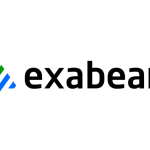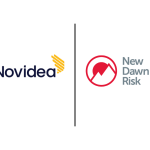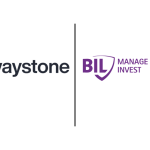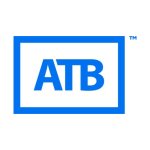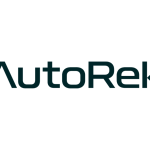
High inflation has meant the cost of technology has risen considerably over the last few years, with worldwide IT spending projected to total $4.7 trillion in 2023, an increase of 4.3% from 2022, according to Gartner. John-David Lovelock, distinguished VP Analyst at Gartner, notes that companies are shifting “to more inward facing efforts focused on optimisation” and while most businesses “can thrive without having AI in production […] they cannot be without a story and a strategy”.
In spite of the high costs, quality technology is clearly essential for any competitive business, but the current economic climate means that businesses also need to be careful to balance their budgets and not spend needlessly. That’s why it’s wise to review your company’s IT budget and make sure you’re getting maximum value.
Here are five techniques you could follow:
1. Zero-based budgeting
“Zero-based budgeting is an accounting technique that requires all expenses to be justified and approved for each financial period, starting from zero rather than a pre-existing spend,” explains SaaS and Cloud spend optimisation experts Vertice. “This enables organisations to monitor and assess the necessity of each cost on a more granular level, lowering expenses and promoting fiscal responsibility.”
Rather than only analysing new spending, this approach also interrogates recurring expenses carried over from the previous year. This is what allows companies to spot cost-saving opportunities they may have otherwise missed. That said, the technique can be difficult to implement as it is a significant drain on time and resources and it can be hard for finance teams to identify and evaluate every single expense.
2. TCO and ROI calculations
Use total cost of ownership (TCO) and return on investment (ROI) calculations to work out how valuable each piece of technology is.
TCO is the annual contract cost plus the time and operational costs to implement and maintain the tool. This includes things like training expenses and data storage costs. ROI is the subscription cost compared to the potential benefits and savings the tool provides, though if it doesn’t directly impact revenue, you can look at other metrics such as efficiency, engagement, cost savings etc. ROI may increase over time as the TCO should decrease after the first year of implementation and training.
3. Activity-based budgeting
Activity-based budgeting involves analysing every company activity that incurs a cost in order to find potential ways to improve efficiency. You will need to determine the number of units related to each activity, plus the cost per unit, to create your budget.
This method is particularly useful for new businesses or those implementing material changes. However, activity-based budgeting isn’t necessary for all companies. As Investopedia notes: “Established firms that experience minimal change typically find that applying a flat rate to data from the previous year to reflect business growth and inflation is sufficient.”
4. Cost-benefit analysis
Cost-benefit analysis allows you to make the best investment decision for your firm based on value for money. This method looks at both tangible and intangible benefits and compares these to the associated costs. Worthwhile expenses should reap benefits that outweigh the cost.
As well as calculating TCO and ROI as explained earlier, you may also want to calculate:
- Net present value (NPV): The difference between the present value of cash inflows and the present value of cash outflows over a period of time, measuring your net cost-benefit will change over a period of time.
- Benefit-cost ratio: The proposed total cash benefit divided by the proposed total cash costs, used to represent the relationship between costs and benefits over a period of time.
- Discount rates: An estimate of how the values of your costs and benefits will change over a long period of time.

